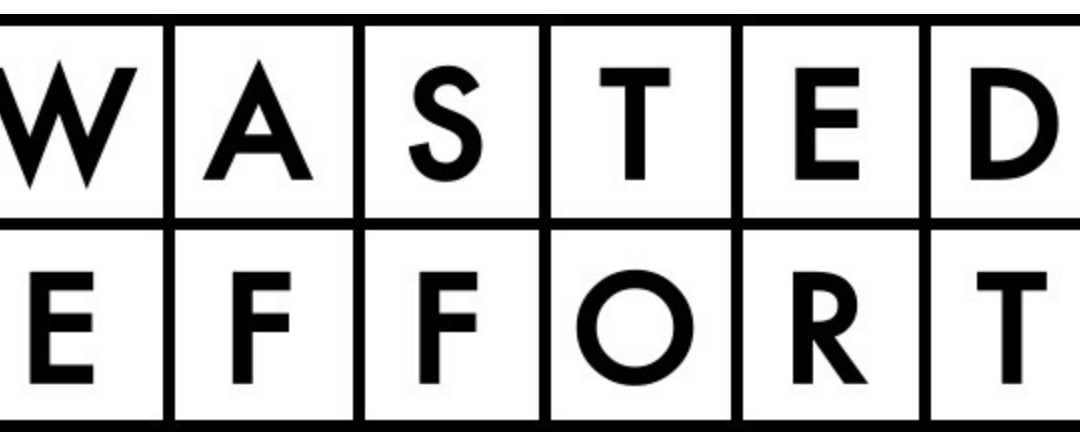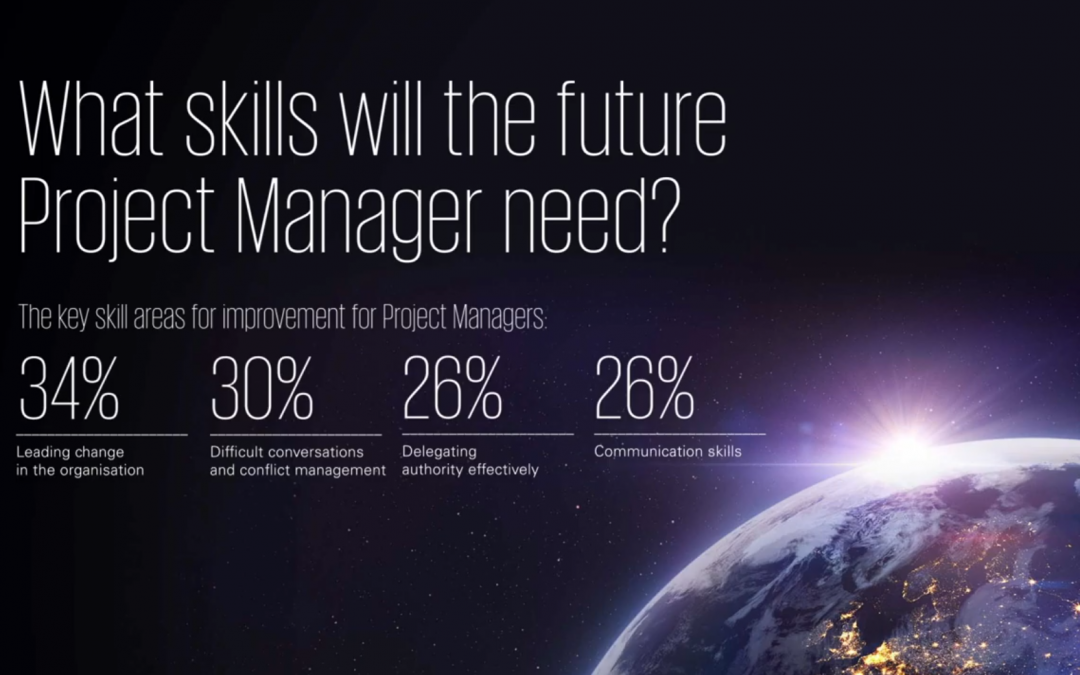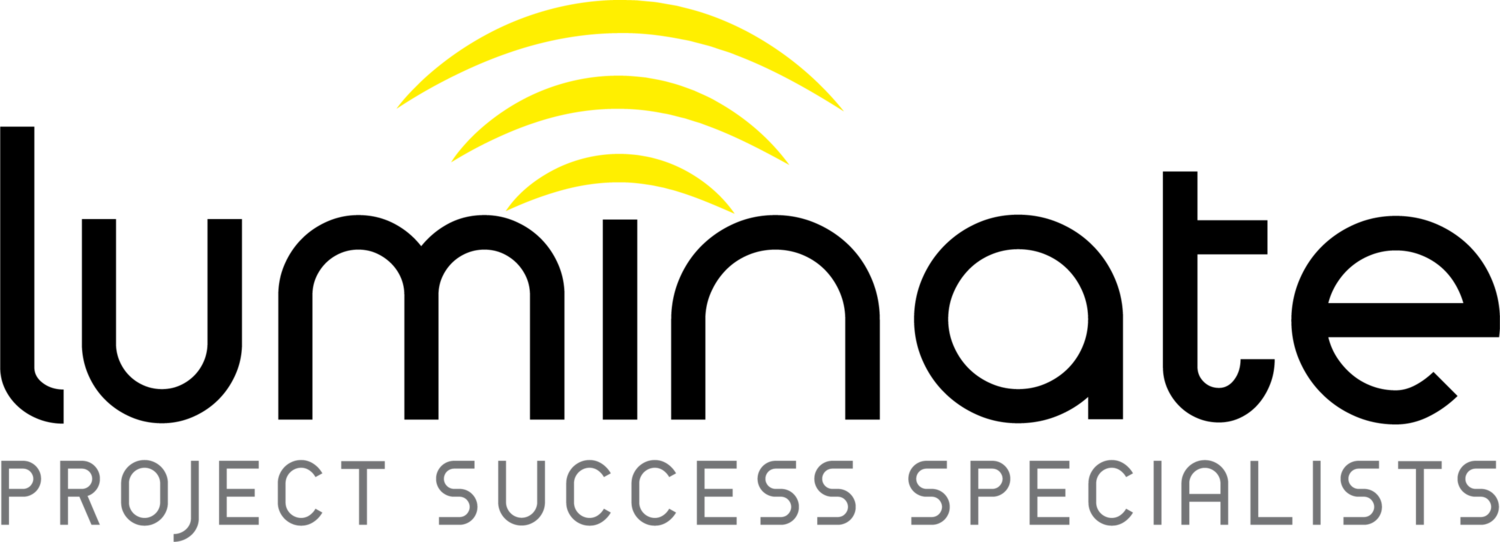
Jul 28, 2020
There are many ways to endure a pandemic lockdown. And sometimes the wisdom of the crowd can be wrong.
So over March and April this year, as most of the country went big on bread making, moustaches, and home-schooling, I went another route. “Why change your life just because you can’t go out?” I thought. No – I had a better idea. Against the advice of anyone who’d discuss it with me, instead of hunkering down and shutting up shop, I cracked on with my biggest project of the year – my house renovations.
Now, halfway through, I realise a few things. Number one – almost anything could have gone wrong with a project like this. The risks were immense, even before a global pandemic reared into view. But – and here’s the good bit – almost nothing has. We’re on track from a time and budget point of view, my key stakeholders family are still talking to me, and even with the pressures of lockdown, every day I can see progress being made.
There’s no real secret to how this panned out. After all – just because it’s a personal project, you don’t lose your PM chops. I reckon there are three things we got right on this project, three core lessons for any PM.
First up, my wife and I committed time to plan with our architect. Ranking and prioritising our requirements, we agreed the base build (our MVP), as well as our nice to haves. For the purposes of this project that started with a space we could live in with teenagers, moving up to things like a pool.
Second, we stuck to the plan. The three most dangerous words in any project are “Can we just …”. We banned that approach, eliminating death by a thousand cost and schedule cuts. We kept the original vision as the North Star, and in doing so stayed on track for delivery.
Last (and in my view, most important), we chose a vastly experienced delivery team. Both our lead builder and his partner are closer to sixty than fifty. How is that helping us? Well, they’re not burning time and money explaining basics to an apprentice. They make few mistakes, reducing the cost of rework. And crucially, they match technical skills with the EQ to advise how the build can go better, faster and cheaper, with the experience and confidence to propose slight variations to our original architectural design.
IT projects are no different. You may have a clear vision of what’s important for your business, and a realistic and mature team keeping their eyes on the prize. But it takes an experienced PM to bring it all home, working with you to deliver your vision.

Jul 1, 2020
A well drilled project team has every member clear on their role. Watching a well oiled project machine at work is a beautiful thing. Getting the right skills into the right roles is key to smashing the Iron Triangle and over the years successful project team members generally gravitate towards their natural roles.
Take me. I like to take the same role in any project I’m in. It generally comes into play when the project plan is ready for review. I like to call it Captain Curmudgeon.
Now, that’s not to say I’m naturally a cup half full kind of guy. Quite the opposite. At one point last year a search through my wallet would have revealed memberships to three separate gyms… the very definition of optimism.
And everyone loves optimism. Sunny days and happy thinking naturally attract people. But the seasoned project manager knows something different, something realistic and truer. Optimism is the enemy of reality. It’s human nature to elevate expectations and want to please. But a project where no-one’s willing to play Captain Curmudgeon and challenge initiation estimates is likely starting from an inflated place.
Here’s a simple example. If your analysis of schedule and costs is predicated on everything taking the expected amount of time, then I guarantee that your budget will blow out and your project will be late. And I can tell you that knowing absolutely nothing about your project.
I’m not making this stuff up. KPMG recently reported only 30% of organisations are likely to deliver projects on time and only 36% of organisations are likely to deliver projects on budget. Those are troubling numbers. But the bigger trouble is this. The optimistic project manager looks at those numbers and shrugs. Why? Because they naturally believe their project will be in the “likely”.
Don’t be that guy. Once planning is complete, take a real, true and hard look at those numbers. If the ROI doesn’t stack up, have the courage to stop… without delay.

Jun 23, 2020
I’d always been a fan of producing a project charter, otherwise known as a project management plan or PID, as I always found it to be a useful way to help structure my thinking about the project delivery approach and to get buy in from stakeholders on that approach. The problem has always been that many large organisations require PMs to fill in a ‘paint by numbers’ template containing a ton of extraneous content that will either never be looked at or will bore the reader to tears. Simply put, compliance for compliance sake … without adding any value.
These days, I mentor a number of PMs and one of the things I instill in them is that if an activity doesn’t add value, they should avoid doing it … as nothing is more precious than their time. So instead of producing a tome that will be filed away and never looked at again, I encourage them to produce a charter on a page that will be actively referred to across the lifetime of the project.
On that page I capture:
- The problem/s that need to be solved.
- Is the problem worth solving?
- The sponsor’s vision of the future.
- The assumptions that need to be true for the project to be successful.
- The success criteria against which the delivery of the project will be judged.
- Who’s on the team and what are their roles and responsibilities?
- The benefits that the business has signed up to realise.
- The project costs.
- And of course, the delivery milestones agreed with the stakeholders.
These nine things provide the anchor points for the project and they can and should be pulled out regularly by PMs and stakeholders alike during the course of the project to ensure that the project is doing what it set out to do. If the project is heading down a different path, then the right thing to do is to pause and reassess whether the original problem that needed to be solved and the sponsor’s vision of the future remain true.
Download our free Lean Project Charter here:

May 27, 2020
What’s the best way to evaluate a project’s success? Your usual touch points are an on time delivery, within budget and to the original scope. But the reality is few projects meet all these targets. And every one missed is a hammer blow to what really counts – stakeholder satisfaction.
Everyone knows stakeholder management is key. So how big a problem is letting them down? Well, according to a recent KPMG report on global project management, it’s huge. When viewed through the traditional “iron triangle” of time, cost, and scope, only 19% of projects deliver stakeholder satisfaction. Whether it’s time (30%), budget (36%) or scope (44%) almost every project finds a way to come up short. And even if 58% of organisations think stakeholder satisfaction has actually improved in the last couple of years, 19% is a number that should give pause for thought.
So, what should we do? How can PMs and organisations move the dial towards a positive outcome? There’s one thing we know won’t work… rigidly applying a delivery framework. Agile or waterfall or whatever – your project manager should be experienced enough to have already appraised the environment and made the right delivery choice. If your PM is suggesting a change in framework then you’ve probably got a bigger problem on your hands.
In fact, the answer is radically old fashioned and – here’s the good news – clearly within your reach. It’s people. And more specifically the people you have in the key roles of PM and sponsor. As the role of PM evolves, the skill set to deliver is changing, embracing skills traditionally seen as ”soft”. And it’s clearer than ever that the right sponsor can make or break your project. Here’s a closer look:
- The PMs making a difference today boast first class technical skills. But it’s in areas like communication, EQ and personal inter-relationships that these guys truly excel. When the difficult discussions come – and they will – a great PM is not only all over the technical challenge, they also know how to manage conflict. It’s their management of (and collaboration with) challenging stakeholders that makes them stand out in complex and dynamic project environments.
- Passionate leadership starts with the sponsor. KPMG’s survey shows engaged stakeholders have a significant impact on project success, something that aligns clearly with the Luminate approach. Passionate leadership, clarity of vision and proactive decision-making from sponsors makes all the difference to the success of the project and delivering stakeholder satisfaction.
So, if you’re the sponsor of a complex project then stop. Stop and assess whether you have the right people in the right roles. Realise the impact you can have too, and don’t be afraid to change. If you don’t think your people and capabilities are right, then you know what to do…







